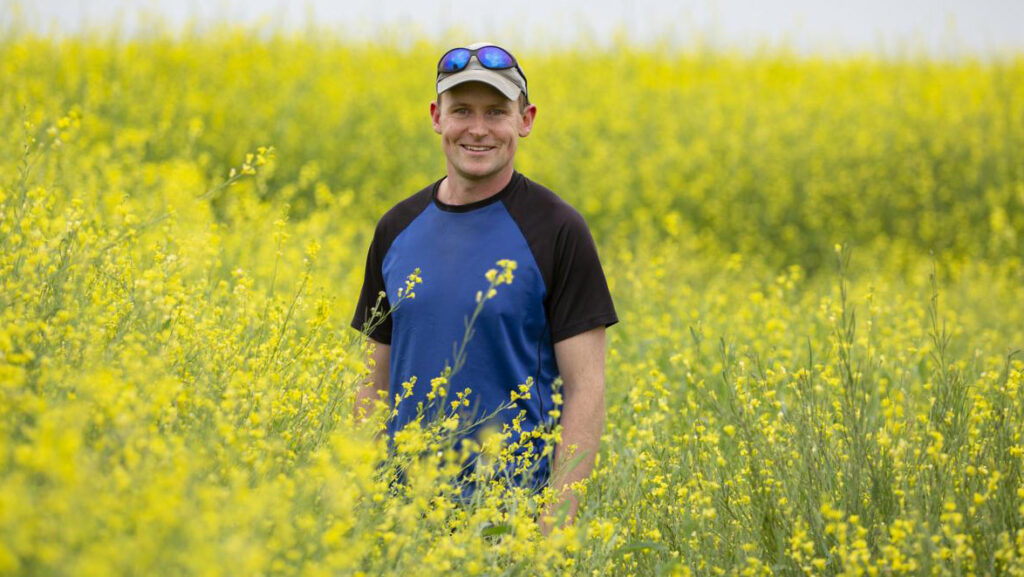Chris Bennett: Hemp could be the ideal break crop
 Chris Bennett © Johnny Houston
Chris Bennett © Johnny Houston In the ongoing search for a profitable break crop, could hemp be the answer?
It has become increasingly evident that oilseed rape is unlikely to remain the ideal break crop that it has been for previous generations.
When looking into alternatives, there are generally agronomic or financial reasons to avoid other non-cereal options.
See also: Chris Bennett – knowledge from beyond agriculture is an asset
The government’s legume mixes seem to encourage blackgrass, whilst the gross margins of niche crops are often less than appealing.
Peas and beans are probably the most obvious choices but, with a limit on how often they can be grown in a rotation, another break crop is needed.
When I last looked at hemp for seed production, I ruled it out due to the complication involved in getting a licence and the requirement for it to be grown away from busy roads and public footpaths.
It caught my attention when the government recently announced changes to the licences required to grow it, allowing farmers to sow it anywhere on a licensed farm with the maximum licence period to be doubled from three to six years.
Whilst the paperwork involved will still be enough to put most people off, the government clearly sees potential in the expanding hemp industry and is willing to encourage us to grow it.
Planted in the late spring and able to grow up to 5m tall, it can be competitive against blackgrass.
With a deep tap root, it is a great soil conditioner for the following crop and it is able to be harvested with a combine most farms will already own.
The crop also requires very few inputs, making it relatively low risk.
Considering the push for carbon sequestration, a crop capable of absorbing carbon dioxide at a faster rate than woodland will have excellent marketability and may ultimately be of value for the farm’s carbon footprint.
Though grown widely around the world, it is still a niche crop in the UK, but our production is expanding. The number of licences granted in the UK grew from six in 2013 to 136 last year.
As the regulatory burden eases, this trend is bound to continue.


